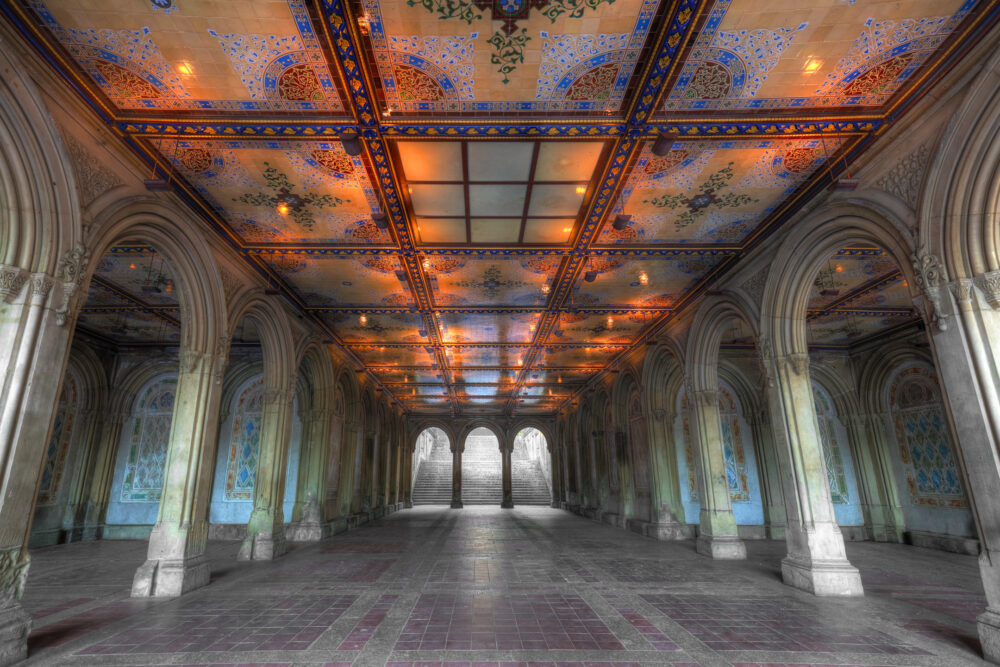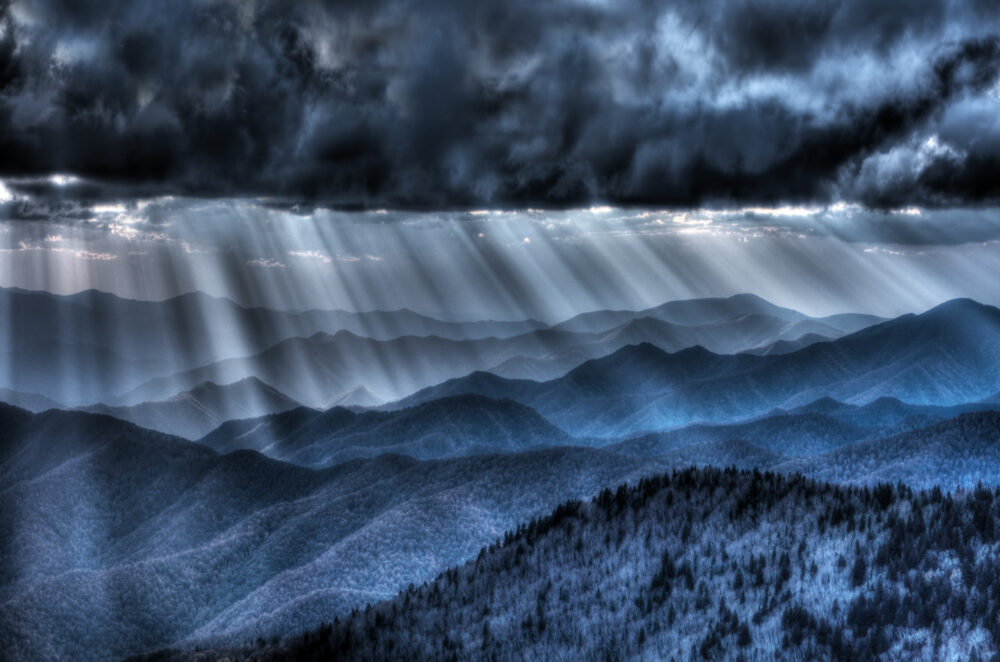What Makes a Landscape Photograph Great?
Landscape photography is all about capturing the earth’s beauty. It can leave a lasting impression if executed well, but what sets apart an ordinary landscape photo from a remarkable one? Understanding the technical aspects and employing artistic flair can transform images into true masterpieces.
Composition Mastery
A key ingredient in compelling landscape photography is composition. It’s not just about what you see, but how you arrange it in your frame. A well-composed photo guides the viewer’s eye and tells a story.
The Rule of Thirds
One of the most fundamental principles is the rule of thirds. Divide your image into three equal parts both horizontally and vertically. Place key elements along these lines or at their intersections. This technique adds balance and interest, making your photo more visually appealing.
Leading Lines
Leading lines direct the viewer’s gaze through the image, creating a sense of depth and focus. These lines can be roads, rivers, or even shadows. They should guide the viewer to a focal point, effectively enhancing the narrative of the photograph.

Foreground, Midground, Background
Incorporating all three of these elements adds depth. Each layer contributes to the photo’s story. The foreground anchors the viewer, the midground holds interest, and the background provides context.
Harnessing Light
Light is critical. The right lighting can elevate a composition, paint vibrant colours, and create dramatic shadows. Understanding how to harness light is pivotal for any landscape photographer.
Golden Hour
The golden hour is shortly after sunrise or before sunset. This is when the sun’s position creates warm, soft lighting. It can enhance colours and add a magical quality to your photos that’s hard to replicate at other times of day.

Blue Hour
This is the period of twilight. colourss are cooler and less harsh than during the day. It offers a more subtle and moody atmosphere, ideal for creating evocative images.
Backlighting and Silhouettes
Shooting into the light might seem like an odd choice, but it can create striking silhouettes. It infuses drama and mystery into your photos. Just make sure your subject’s outline is distinct against the brighter backdrop. And remember, the light needn’t be the sun, it could be the moon!

Technical Precision
Beyond artistic elements, technical precision is necessary. Cameras must be handled with skill to extract the most from a scene. Practice, practice and more practice so you get to know your camera, what i can do and how to achieve the best results for a given situation.
Aperture Control
Understanding aperture is essential. A small aperture (higher f-stop) increases depth of field, keeping more of the image in focus—ideal for landscapes. However, don’t be afraid to experiment with a larger aperture if you want to spotlight a particular subject.
Shutter Speed
For sharp images, a tripod is your best friend, especially in low light. A longer exposure can capture movement, such as flowing water or moving clouds, adding dynamic elements to your photo. Striking a balance between shutter speed and aperture is important to get the image you envision.
ISO Sensitivity
Keep the ISO as low as possible to avoid noise, especially in darker scenes. However, modern cameras can handle higher ISOs with less noise than before. Find the sweet spot for your camera to ensure clarity without sacrificing detail.
Editing with Purpose
Post-processing is where you can refine and perfect your images. But editing should enhance, not overshadow the original photo.
Adjusting Levels
Start with exposure, contrast, and highlights. Adjusting these levels can bring out details and make colours pop, but don’t overdo it. Aim for a natural enhancement that stays true to the scene. – although this really comes down to personal preference and what you are trying to achieve in making your own look and feel to an image.
Colour Correction
Fine-tuning the white balance and adjusting saturation can transform your photo. Always aim for natural hues unless you’re intentionally creating an artistic effect.

Sharpness and Clarity
Boost sharpness sparingly to enhance detail. Over-sharpening can make images appear unnatural. Clarity adjustments can help define textures, especially useful in landscape photography.
Understanding the Subject
Finally, know the place you’re photographing. Research and spend time observing. Knowledge of tides, seasons, and weather can help you show a landscape at its best.
Research and Planning
Plan your shoot based on forecasts, tide tables, or seasonal changes. Being prepared allows you to be at the right place at the right time, ready to capture that perfect image.
Patience and Timeliness
Sometimes, waiting for the clouds to shift or the light to change makes all the difference. Patience while on-site can yield amazing results. Timeliness in capturing that perfect moment is key.
Conclusion
Great landscape photography marries technical skill with artistic vision. It’s about seeing what others might miss and knowing how to capture it. Composition, lighting, technical settings, and post-processing all play roles, but curiosity and dedication often lead to the best shots. Grab your camera, get out there, and start seeing the world with a new perspective. The earth is full of stories waiting to be told through your lens…so get out there and shoot away!

